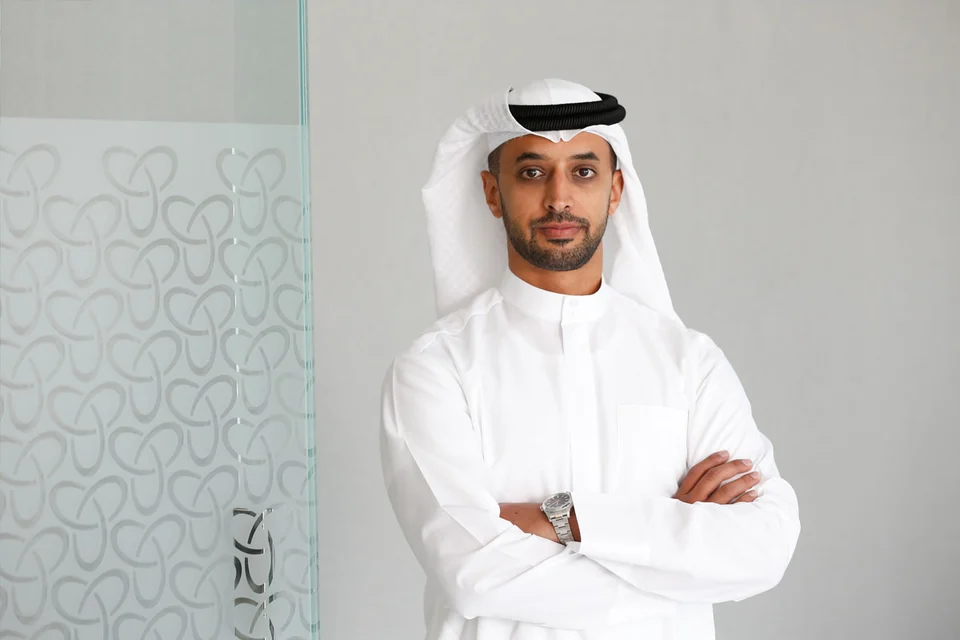
In 2023, 58-year-old Will Studholme went to the emergency room at a UK National Health Service (NHS) hospital in Oxford due to gastrointestinal discomfort. He had no idea he would be diagnosed with osteoporosis, a condition typically associated with aging that causes bones to become fragile, increasing the risk of fractures.
Mr. Studholme actually had severe food poisoning, but early in the investigation of his condition, he underwent an abdominal CT scan. This scan was then analyzed using artificial intelligence (AI) technology, which identified a collapsed vertebra in Mr. Studholme's spine, a common early sign of osteoporosis. After further examination, Mr. Studholme was not only diagnosed with osteoporosis but also received a simple treatment plan: an annual infusion of osteoporosis medication, which is expected to improve his bone density.
“I feel very lucky,” Mr. Studholme said, “I don’t think this would have been picked up without the AI.” It is not uncommon for radiologists to notice incidental findings in a patient's imaging—undetected tumors, issues with specific tissues or organs. However, applying AI systems in the background to systematically sift through scans and automatically identify early signs of common preventable chronic diseases that may be brewing, regardless of the original reason for the scan, is a new approach.
This clinical application of AI, known as opportunistic screening or opportunistic imaging, is “just getting started,” notes Perry Pickhardt, a professor of radiology and medical physics at the University of Wisconsin-Madison, who is also an algorithm developer. It is called opportunistic because it leverages imaging exams already completed for other clinical purposes, such as suspected cancer, chest infections, appendicitis, or abdominal pain. It has the potential to detect previously undiagnosed diseases at an early stage, before symptoms appear, when they are easier to treat or prevent from progressing. “We can avoid many missed opportunities for prevention,” said Professor Pickhardt. He added that routine check-ups or blood tests often do not detect these conditions.
Miriam Bredella, a radiologist at NYU Langone Medical Center, points out that CT scans contain a wealth of data related to body tissues and organs that we are not fully utilizing. While radiologists could theoretically perform the analysis by measuring without AI, it would be very time-consuming. She notes that the technology also has an advantage in reducing bias. For example, osteoporosis is often thought to primarily affect thin, older white women, so doctors do not always think to check for it outside of this population. Opportunistic imaging, however, does not discriminate in this way.
Mr. Studholme's case is a prime example. Because he was relatively young for osteoporosis, male, and had no history of fractures, he was unlikely to have been diagnosed without AI. In addition to osteoporosis, AI is also being trained to help opportunistically identify heart disease, fatty liver, age-related muscle loss, and diabetes. While the focus is primarily on CT scans of the abdomen or chest, work is also underway to opportunistically extract information from other types of imaging, including chest X-rays and mammograms.
These algorithms are trained on thousands of labeled prior scans, and experts emphasize that if the technology is to be applied to a wide variety of populations, the training data must include scans from different ethnic groups. Moreover, there should be a degree of human oversight—if the AI finds something suspicious, it sends it to a radiologist for confirmation before it is reported to the doctor. The AI technology used to examine Mr. Studholme's scan is from the Israeli company Nanox.AI, one of the few companies focused on opportunistic screening AI, with more companies focusing on using AI to assist in accurate and rapid diagnosis of specific diseases from scans.
Nanox.AI offers three opportunistic screening products designed to help identify osteoporosis, heart disease, and fatty liver from routine CT scans, respectively. The Oxford NHS hospital began trialing Nanox.AI’s osteoporosis product in 2018 and officially launched it in 2020. Results from the Oxford hospital showed that the number of patients found to have vertebral fractures was six times higher than the NHS average—these patients could then receive osteoporosis testing and start treatment to combat the disease, said Kassim Javaid, a professor of osteoporosis and rare bone diseases at the University of Oxford, who led the introduction of the algorithm. Further trials of the algorithm are currently also underway at hospitals in Cambridge, Cardiff, Nottingham, and Southampton. “We want to build the evidence so that it can be used throughout the NHS,” said Professor Javaid.
However, Sebastian Ursulin, a professor of medical engineering at King’s College London and head of the Centre for Value-Based Healthcare AI, says that while the technology can benefit individuals, the broader implications also need to be considered. He points out that a major issue that needs to be balanced is the additional number of patients that the technology may create. “This increases the demand on the healthcare system, rather than reducing it,” he said. First, people flagged by opportunistic screening as potentially having a disease may need further confirmatory tests, which requires resources. Also, if the AI is inaccurate or overly sensitive, it could lead to many unnecessary tests. Then, services need to be provided for those additional people who are ultimately diagnosed.
Professor Javaid acknowledges that the additional burden is a challenge posed by the technology, but there are solutions. In Oxford, patients diagnosed with fractures are referred to a fracture prevention service, mainly provided by nurses, to avoid overloading doctors. “AI does force you to change your pathways,” he said. Professor Javaid believes that, in the long run, more people being diagnosed with osteoporosis at an early stage and receiving the necessary preventative treatment will save the NHS money. “Fractures are one of the main reasons people end up in hospital,” he said.
Mr. Studholme has personally experienced the devastating effects of osteoporosis: it caused his mother to fracture both hips. He said that in the past it was only considered a disease of the elderly, and there was nothing that could be done about it. “I feel very privileged that I can do something before my bones turn to chalk,” he said.




















